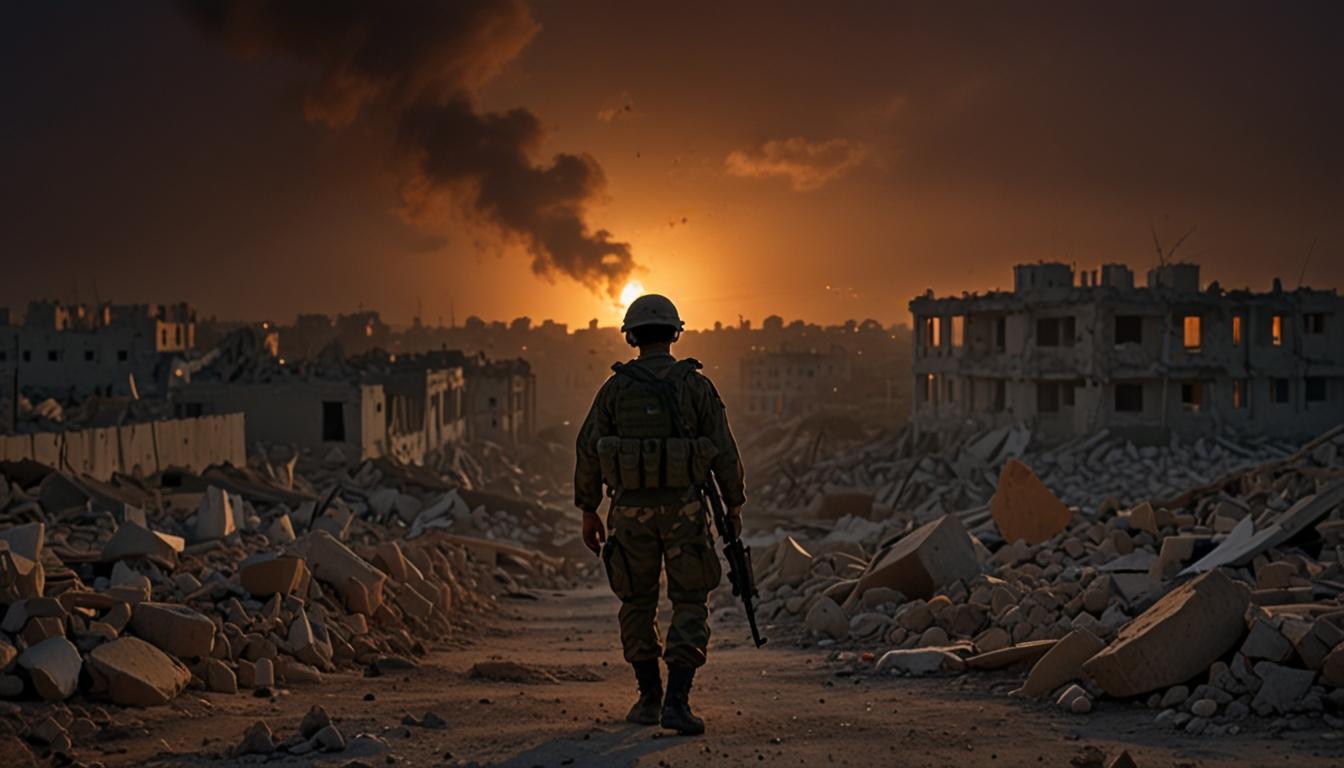Aviv Kochavi’s ‘Decisive Victory’ operational doctrine is tested as Israel grapples with prolonged conflicts in Gaza and Lebanon, alongside escalating tensions with Houthi rebels in the Red Sea. Despite international calls for ceasefire and de-escalation efforts, the region remains embroiled in violence with mounting casualties and displacement.
In 2019, Aviv Kochavi, then Israel Defense Forces’ (IDF) Chief of Staff, introduced a new operational doctrine named “decisive victory,” targeting threats from non-state actors like Hamas and Hezbollah. This doctrine emphasized “swift, offensive operations” and focused on countering “rocket-based terror armies.” However, since Hamas’s surprise attack on southern Israel on October 7, Israel has been embroiled in a prolonged conflict on two fronts—Gaza and Lebanon.
In Gaza, the ongoing nine-month conflict has led to considerable civilian casualties, with Hamas framing the conflict in terms of historical liberation struggles. Despite massive firepower, Israel’s anticipated swift victory has not materialized, and international calls for a ceasefire have gained momentum, including a UN Security Council resolution advocating for meaningful talks.
Tensions have also flared on the Lebanese border, where Hezbollah, aligned with Hamas and backed by Iran, has intensified attacks in support of Gaza. Daily exchanges of fire have displaced thousands along the border, while US-led de-escalation efforts have yet to find success.
Meanwhile, the conflict has extended to the Red Sea, where Yemen’s Iran-backed Houthi rebels have launched over 50 attacks on shipping since November 2022, claiming to act in solidarity with Gaza. The US military responded by destroying Houthi radar sites and bomb-laden boats.
The war in Gaza has resulted in over 37,000 Palestinian deaths, according to Gaza health officials, following the initial Hamas-led assault on Israel, which killed around 1,200 people and led to 250 hostages.
Amidst this broader regional conflict, the long-term resolution remains elusive as both sides prepare for sustained engagement.













